Stengdamiesi įrengti virtuvę su madingais komplektais ir modernia buitine technika, neturėtumėte pamiršti po kriaukle sumontuoto nedidelio prietaiso, vadinamo sifonu. Sifonas kriauklei padės išvengti nemalonių akimirkų naudojantis drenažo sistema. Taigi, kas tai per prietaisas ir kaip jis veikia, panagrinėkime straipsnyje.
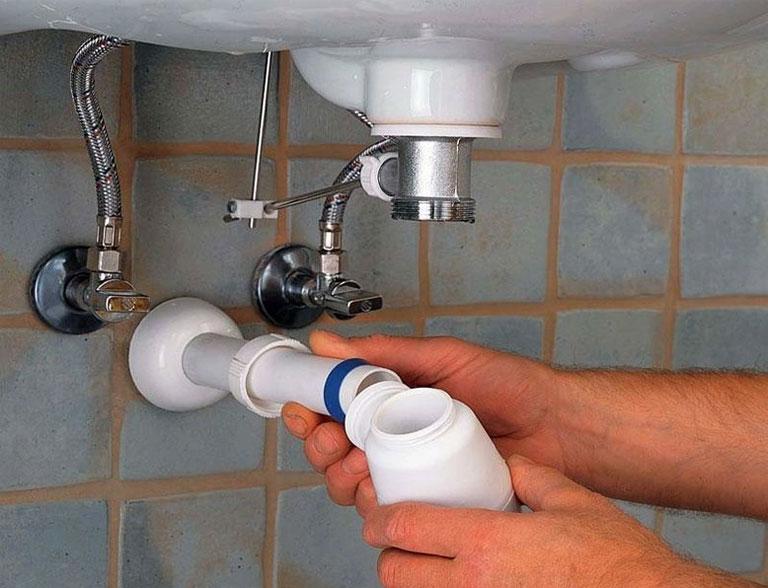
Sifonu vadinama vamzdžių sistema, kuri sukuria vandens kamštį tarp kriauklės ir kanalizacijos. Ši konstrukcija leidžia išvengti nemalonių kvapų patekimo iš kanalizacijos tinklo į patalpą, be to, į sifoną surenka iš kriauklės išplaunamas šiukšles, todėl išvengiama drenažo sistemos užsikimšimo.
Sifono vaidmenį gali atlikti ir vamzdis, išlenktas specialiu būdu, taip pat sukuriantis vandens kamštį. Parduodamas sifonas gali būti komplekte su kriaukle, tačiau dažniau jį tenka pirkti atskirai.
Straipsnio turinys
Kam reikalingas sifonas
Virtuvės kriauklė (kriauklė) yra prijungta prie centrinės arba vietinės kanalizacijos sistemos. Kai kurie namų ir butų savininkai kanalizacijos angą prijungia tiesiai prie vamzdžių sistemos, kuria išleidžiami nešvarumai. Šiam tikslui paprastai naudojamas gofruotas vamzdis, kurį lengva sulenkti norima kryptimi. Tačiau jei nesudarysite hidroizoliacijos, į virtuvę pateks "aromatas" iš nuotekų sistemos. Pagrindinė sifono paskirtis - blokuoti nemalonius kvapus iš kanalizacijos sistemos.
Gamintojai gamina kokybiškus gaminius, kurie pasižymi:
- patikimumas;
- patvarumas;
- ilgaamžiškumas, viršijantis maišytuvo tarnavimo laiką;
- atsparumas cheminei sudėčiai, aukštai temperatūrai ir mechaniniam poveikiui;
- paprastas montavimas, todėl sifoną virtuvėje gali sumontuoti ir patirties neturintis asmuo;
- naudojimo universalumas.
Kaip tai veikia
Sifono veikimo principas pagrįstas jo konstrukcijos savybe. Apatinėje prietaiso dalyje, vadinamoje rezervuaru arba karteriu, nuolat yra vandens, ištekančio iš kriauklės dubens. Tuo metu nutekamajame vamzdyje yra didelis slėgis - dėl to išstumiamas "senas" skystis.
Kai vandens tiekimas nutrūksta, slėgis gaudyklėje susilygina. Todėl dalis skysčio lieka išlenktoje dalyje. Šis vandens kamštis neleidžia nemaloniems kvapams iš kanalizacijos sistemos patekti į patalpą.
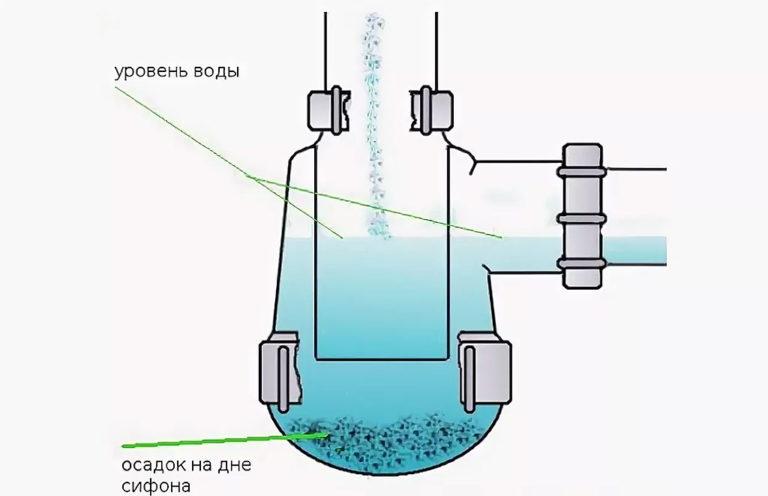
Sifonas atlieka dar vieną svarbų vaidmenį. Kadangi jis įrengiamas po virtuvės kriaukle, jis gali sulaikyti kai kurias šiukšles. Jos kaupiasi sifone ir lengvai pašalinamos dalinai išmontuojant bakelį - šią procedūrą namų savininkas gali atlikti savarankiškai, nedalyvaujant profesionaliam santechnikui. Užkirtus kelią tiesioginiam atliekų patekimui į kanalizacijos sistemą, išvengsite jos užsikimšimo.
Bendras įrenginio įrenginys
Skirtingi gamintojai gamina kanalizacijos gaudykles, kurios struktūriškai nedaug skiriasi viena nuo kitos. Į pagrindines dalis, vadinamąją virtuvės kriauklės alkūnę, įeina:
- Dekoratyvinės grotelės su mažomis skylutėmis ant kanalizacijos, neleidžiančios didelėms atliekoms patekti į kanalizaciją. Jai įrengti pridedama guminė tarpinė, kuri sandarina grotelių ir kriauklės jungtį.
- Išleidimo angos ir filtro grotelių sujungimo antgalis. Dalis tvirtinama korozijai atspariu metaliniu varžtu ir veržle.
- Sifonas su apatiniu nuimamu rezervuaru, kurį galima išvalyti užsikimšus - dėl jo nereikia visiškai išardyti alkūnės formos prietaiso.
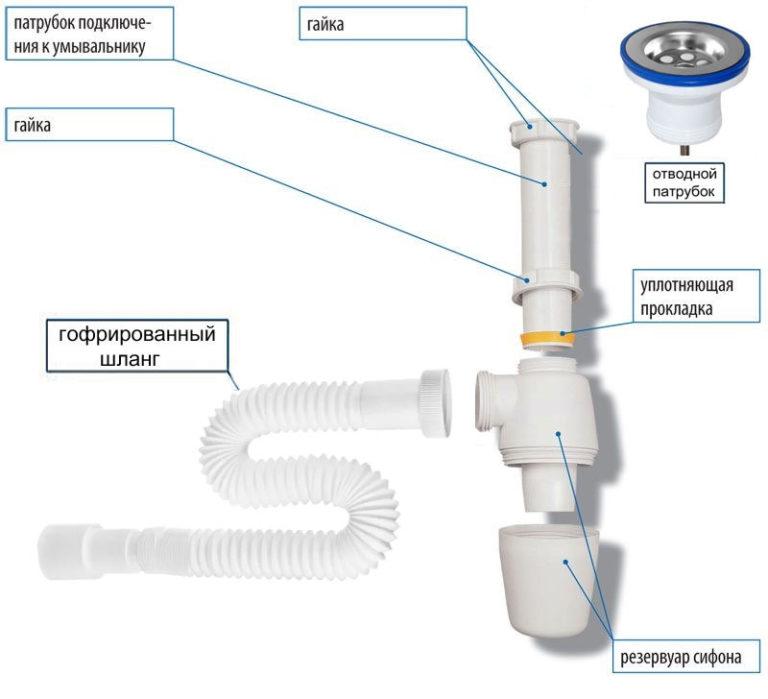
Šiuolaikinių sifonų (skirtų ne tik virtuvės kriauklėms, bet ir vonios kambario praustuvams su perpylimu arba be jo) konstrukcijoje būtinai yra tvirtinimo žiedai su tarpikliais atskiroms prietaiso dalims sujungti. Į komplektą taip pat įeina gofruotas vamzdelis, skirtas sifono bakelio išleistuvui ir kanalizacijos įvadui sujungti.
Gamintojai kuria ir gamina skirtingus modelius, todėl jų konstrukcijos šiek tiek skiriasi įrenginiu ir skirtingu dalių skaičiumi.
Gamybos medžiaga
Gamintojai gamina plastikinius arba metalinius nutekamuosius vamzdžius. Metalas, naudojamas gamybai, paprastai yra žalvaris, bronza arba nerūdijantis plienas. Šio dizaino gaminiai puikiai tinka atviram išdėstymui, nes jie taps vienu iš virtuvės kambario dekoro elementų. Tačiau jie yra daug brangesni už plastikines konstrukcijas.
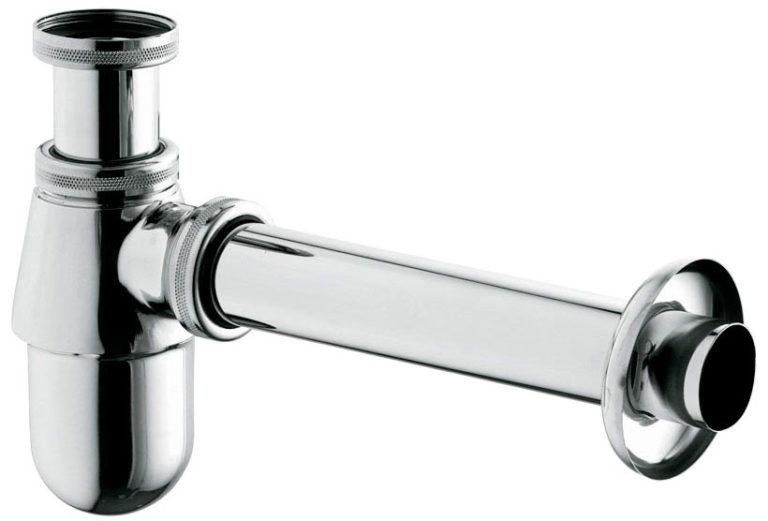
Dažnas trūkumas - teršalų kaupimasis ant vidinio kvapų gaudyklės paviršiaus. Dėl to palaipsniui mažėja prietaiso skerspjūvis. Neatliekant reguliarios priežiūros, jis užsikemša. Tačiau purvas ir riebalai prie plastiko prilimpa mažiau nei prie metalo.
Šiuolaikinės metalinės drenažo konstrukcijos perkamos, jei įrengiamas brangus santechnikos rinkinys ir kuriamas išskirtinis interjeras. Metalinio sifono po kriaukle įrengimą dažnai atlieka profesionalai, nes jo atskirų dalių sandūrų sandarinimas atliekamas naudojant gumines tarpines ir dūmų juostą.
Senos statybos namuose galima pamatyti ketaus gaudyklių - jos yra tikra retenybė ir nebegaminamos.
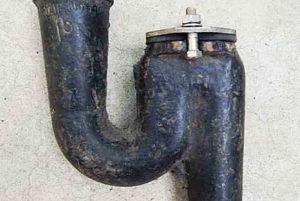
Iš esmės sumontuoti plastikiniai kriauklės nutekamieji vamzdžiai. Jie yra praktiškos konstrukcijos, efektyviai atliekančios savo paskirtį. Prireikus juos visada galima pakeisti arba išvalyti. Juk jie nebrangūs ir pagaminti lygiu vidiniu paviršiumi, ant kurio nesikaupia riebalai, o kiti teršalai neužsilaiko. Todėl iš plastiko pagamintose konstrukcijose retai susidaro kamščiai. Tokie gaminiai taip pat pasižymi nedideliu svoriu.
Plastikas yra medžiaga, atspari korozijai ir neblogiems temperatūros rodikliams. Gamintojai gamybai naudoja polietileną arba polipropileną. Pažeisti kokybišką prietaisą galima tik smarkiai mechaniškai paveikus.
Sifonas taip pat vadinamas "kriauklės šuliniu". Plastikinis sifonas yra konstruktorius, nes jį galima išardyti ir surinkti tam tikra seka. Prireikus visada yra galimybė pakeisti atskirai paimtą detalę arba priveržti vieną iš veržlių, jei atsirado nuotėkis.
Matmenys
Po kriaukle nėra daug vietos, todėl dizaino dydis yra ribotas. Daugeliu atvejų tokio dydžio sifono pakanka. Kad prietaisas veiktų efektyviai, taip pat reikia atsižvelgti į jo srauto talpą. Nepamirškite apie atstumą tarp išėjimo iš sifono ir nuotekų sistemos įvado. Paprastai didžiausias konstrukcijos aukštis neviršija 250 mm.
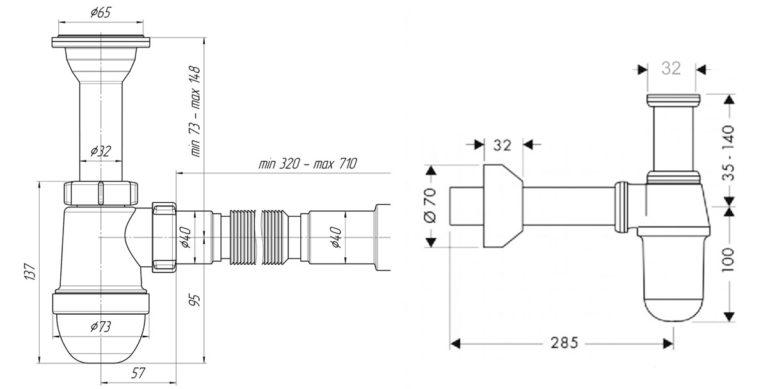
Įrengti sifoną ant virtuvės kriauklės, kai nutekamojo vamzdžio ir kanalizacijos vamzdžio skersmuo yra vienodo dydžio, nėra problema. Tačiau kai vamzdžių skersmenys skiriasi, būtina iš anksto pagalvoti apie jų sujungimą. Tokiu atveju naudojami įvairūs jų sujungimo apvadai ir antgaliai. Pavyzdžiui, 50 mm vidinis dvigubo vamzdžio trišakis leis sujungti 50 * 40 kriauklę ir 50 * 25 skalbimo mašiną su sandarinimo movomis.
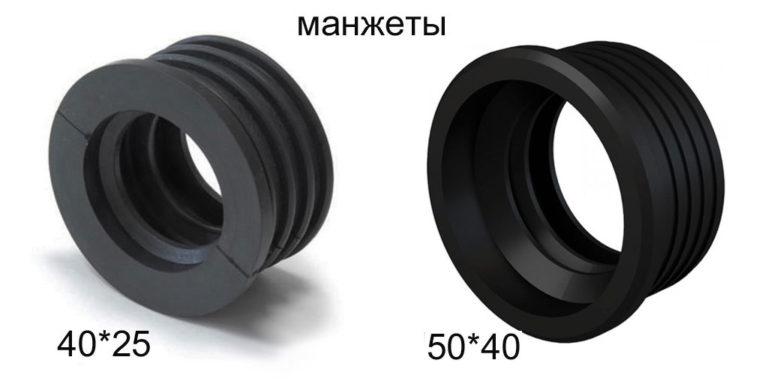
Įprasti tipai
Gamintojai gamina kelių tipų sifonus kriauklėms. Jie pasirenkami atsižvelgiant į montavimo vietos specifiką.
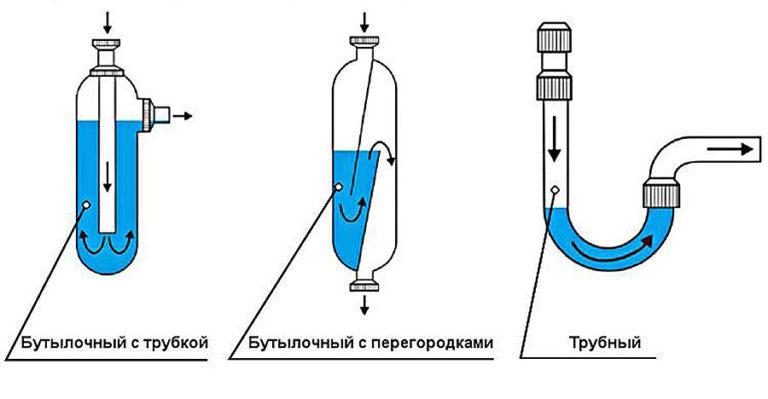
Gofruotas drenažas
Gofruotą vamzdelį patogu naudoti, kai kriauklės išleidimo anga yra nestandartinėje vietoje. Šis įtaisas taip pat naudojamas, jei po kriaukle planuojama sumontuoti papildomą įrangą ar kai kuriuos būtinus daiktus. Jį jungiant prie kriauklės būtina atkreipti dėmesį į vandens kiekį išlenktoje vietoje. Jo turi pakakti, kad susidarytų patikimas vandens užraktas, garantuojantis patikimą apsaugą nuo kvapų prasiskverbimo iš kanalizacijos sistemos.
Gofruoto vamzdžio formos nutekamasis vamzdis nėra ideali konstrukcija, nes ant gaminio šonkaulių sparčiau kaupiasi nešvarumai.
Struktūriškai gofruotą sifoną sudaro šie elementai:
- su tinkleliu ir jungiamąja veržle;
- gofruotas vamzdis.
Be to, gali prireikti pritvirtinti vamzdį.
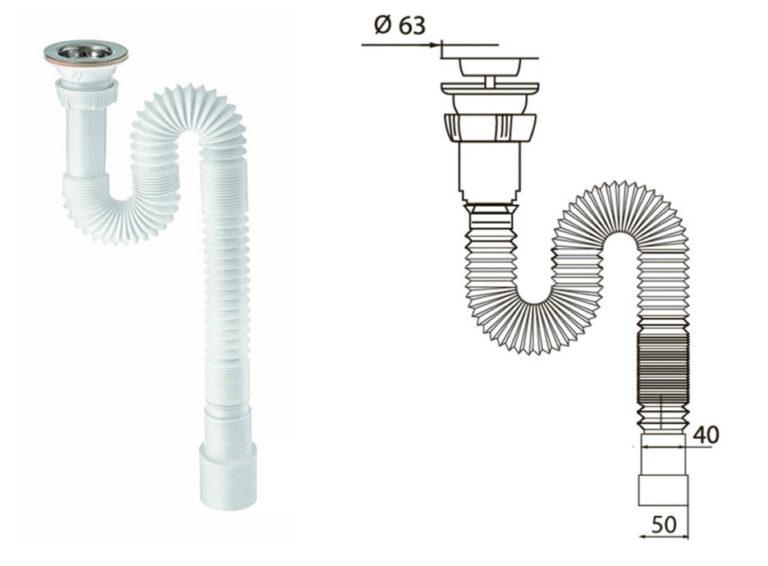
Gofruotas drenažas įrengiamas per kelias minutes. Pirmiausia ant kriauklės pritvirtiname išleidimo vamzdį su tinkleliu. Tvirtinimas atliekamas naudojant į rinkinį įtrauktą tarpiklį ir varžtą. Tada vienas gofro galas įkišamas į snapelį ir pritvirtinamas veržle, o kita pusė įkišama į kanalizacijos vamzdį. Jei reikia valyti, gofruota žarna atjungiama nuo snapelio ir kanalizacijos vamzdžio. Tada ji išplaunama arba pakeičiama nauja.
Butelio išleidimo sistema
Dažniausiai įrengiamos butelių gaudyklės. Jie puikiai tinka, jei reikia iš kelių kriauklių išleisti nešvarų vandenį ir kitus nešvarumus. Tokiu atveju įrengiamas reikiamas skaičius specialių atšakų.
Butelio nutekėjimo vamzdžio konstrukciją sudaro šie elementai:
- iš metalo arba plastiko pagamintas tinklelis;
- priėmimo kamštis;
- butelių talpykla;
- nuotekų išleidimo į kanalizaciją čiaupas;
- adapterio dalis, kuri leidžia prijungti sifoną prie kanalizacijos sistemos.
Butelių drenažas yra visiškai standus gaminys. Jei reikia, konstrukcija papildoma gofru, kad būtų patogiau prijungti prie kanalizacijos sistemos. Butelio drenažo valymas atliekamas atsukant apatinę butelio formos talpyklos dalį ir pašalinant susikaupusius nešvarumus.
Vamzdžių nutekėjimas
Tokio tipo sifonai montuojami ne tik kriauklėse, bet ir voniose. Jis yra visiškai standžios konstrukcijos - išoriškai panašus į S ir U raides.
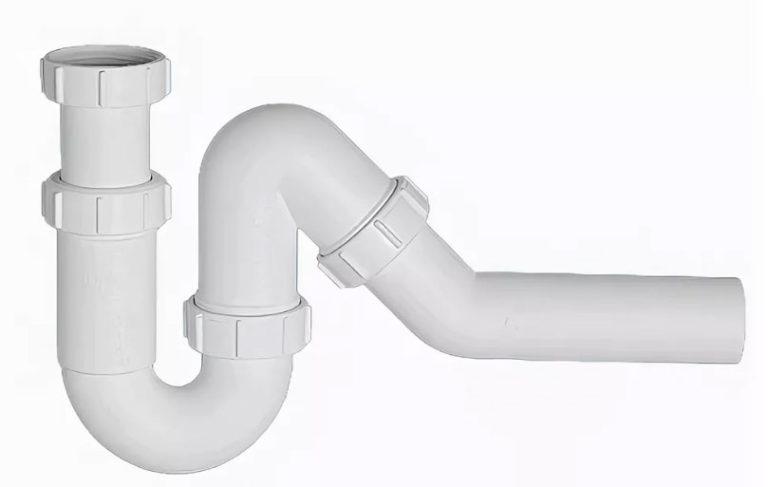
Kadangi daugelyje šiuolaikinių virtuvių yra indaplovės, vamzdžių gaudyklė gali būti su papildomu lizdu.
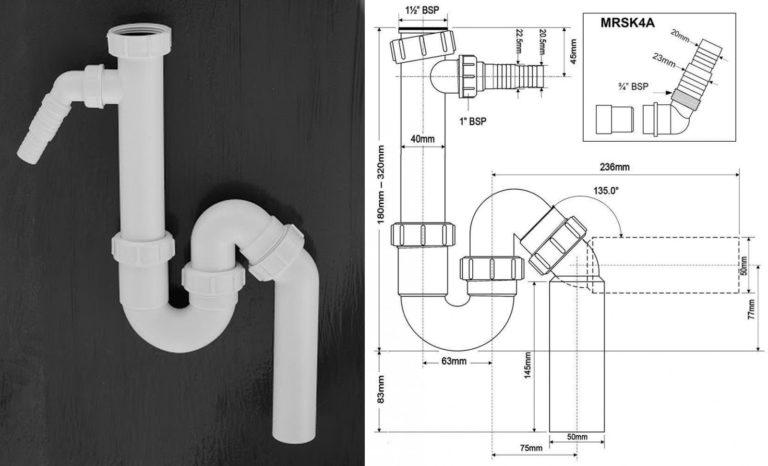
Yra vamzdinių gaudyklių su srauto pertrauka modelių. Tokie sifonai nėra tvirtinami prie kriauklės - sumontavus tarp sifono ir kriauklės lieka tarpas. Jis būtinas, kad mikrobai iš kanalizacijos sistemos negalėtų patekti į kriauklę. Jie naudojami vaikų ikimokyklinio ugdymo įstaigose ir maitinimo įstaigose.
Plokščias nutekėjimas
Tai nedidelis sifonas po kriaukle, kurio dydis yra labai svarbus. Paprastai naudojamas, kai po kriaukle įrengiama "skalbimo mašina" arba indaplovė. Yra modelių su srovės srauto pertrauka.
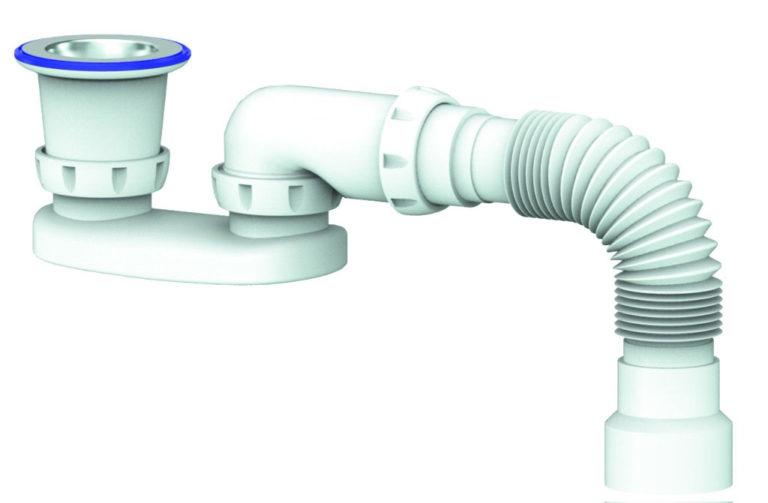
Be mažų matmenų, plokščiojo drenažo išskirtinis bruožas yra standi konstrukcija. Tokie sifonai retai užsikemša. Jei reikia atlikti pilną valymą, atsukamas tinklelis, tada visa konstrukcija išimama iš kriauklės.
Su perpildymu
Kai kriauklė yra apsaugota nuo perpildymo, po ja įrengiamas sifonas su perpylimu. Gaminio konstrukcijoje yra papildomas snapelis, prie kurio iš viršutinėje kriauklės dalyje esančios perpylimo angos prijungiamas nedidelio skersmens vamzdelis. Tokia konstrukcija neleidžia kriauklei perpildyti vandens ir sumažina patalpos ir žemiau esančiame aukšte gyvenančių kaimynų užliejimo riziką.
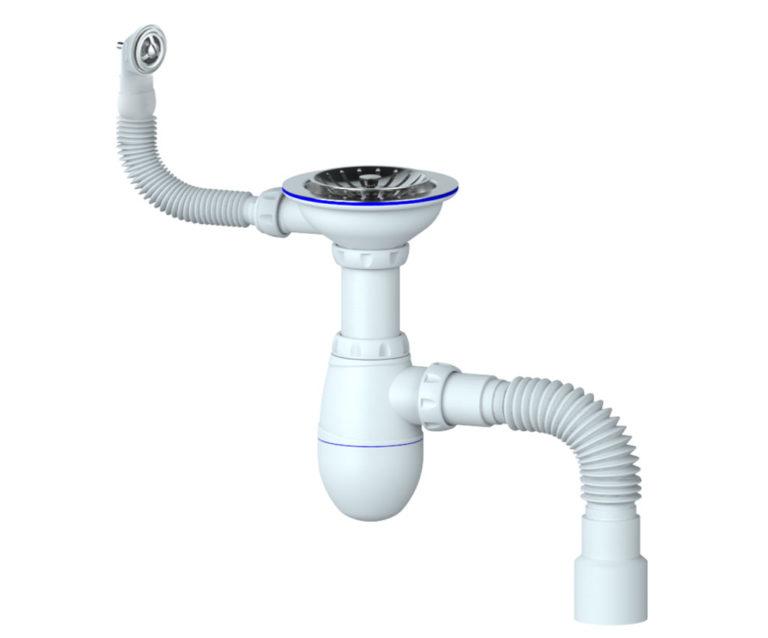
Taip pat yra drenažų su viena ar dviem atšakomis ant kaklelio. Jie naudojami, jei reikia papildomai prijungti indaplovę arba skalbimo mašiną.
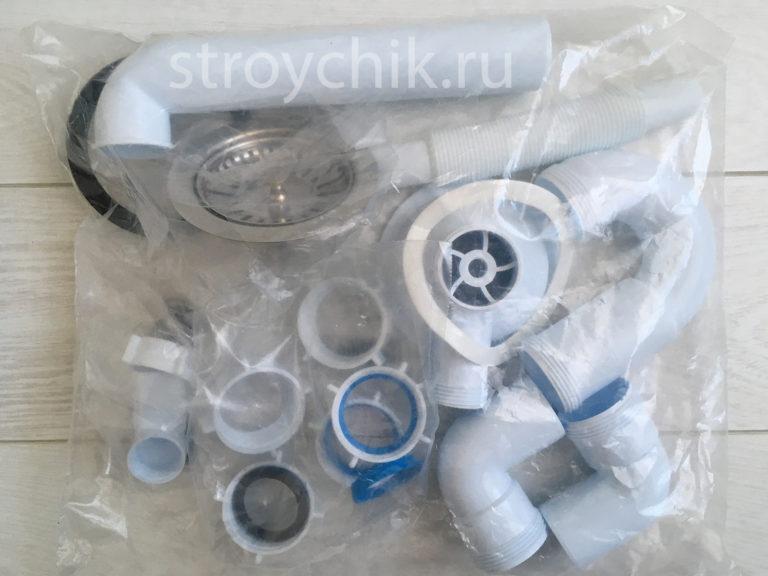
Pagrindinės pasirinkimo taisyklės
Norėdami užtikrinti veiksmingą virtuvėje panaudoto vandens nutekėjimą, turite tinkamai pasirinkti sifoną. Norint tai padaryti, būtina atsižvelgti į toliau pateiktas rekomendacijas:
- Reikia iš karto nusipirkti rinkinį. Jame, be sifono, turi būti visi reikalingi priedai, reikalingi prijungti prie kanalizacijos sistemos. Jei dalys perkamos atskirai, yra tikimybė, kad iš jų nepavyks surinkti vienos konstrukcijos.
- Būtina iš anksto išmatuoti laisvą erdvę po kriaukle. Jei jis yra minimalus, pirmenybę turėtumėte teikti trumpam sifonui.
- Uždaro įrenginio atveju nereikia pirkti brangaus dizainerio dizaino sifono. Geriau nusipirkti ne tokį gražų, tinkamos kokybės, bet pigesnį gaminį. Juk jo niekas nematys ir jis nesugadins virtuvės interjero.
- Kai kriauklės sifonas yra atviras, verta įsigyti dekoratyvaus dizaino gaminį.
Kiekvieno prietaiso pakuotėje visada yra naudojimo instrukcija - prieš montuojant ją reikia atidžiai išstudijuoti. Taip pat būtina atkreipti dėmesį į tai, ar ant sifono nėra pažeidimų, sriegių, sandarinimo elementų ir kamščių kokybę.
Įrengimo niuansai
Patyrusiam asmeniui reikia skirti kelias minutes, kad sumontuotų sifoną ant kriauklės. Jei negalite to padaryti taip greitai - nieko baisaus. Pirmiausia reikia pasiruošti įrankius ir eksploatacines medžiagas. Daugiausia, ko jums gali prireikti:
- atsuktuvas;
- dujinis veržliaraktis;
- sandariklis.
Paprastai montuojant gaminius iš plastiko užtenka tik atsuktuvo su plokščiu grioveliu.
Jei reikia pakeisti sifoną, pirmiausia išmontuojamas senasis gaminys. Ši procedūra pradedama nuo to, kad po sifonu įrengiamas praustuvas ar kitas indas, kad vanduo nepatektų ant grindų. Pirmiausia nuimamos visos plastikinio sifono dalys. Tada atsukant varžtą nuimamas apsauginis tinklelis. Jei demontuojamas metalinis nutekamasis vamzdis, teks naudoti dujinį veržliaraktį.
Galiausiai nuo nešvarumų išvaloma vidinė kanalizacijos stovo angos dalis. Tam galite naudoti skudurą arba popierinį rankšluostį.
Kaip tinkamai sumontuoti nutekamąjį vamzdį
Proceso pradžioje reikia patikrinti, ar yra visų dalių. Norėdami tai padaryti, išstudijuojame pridedamas instrukcijas ir išdėstome visus elementus, pvz.
Dažnai montuojamas butelių drenažas. Jis surenkamas tokia seka:
- Atskiros lemputės dalys sujungiamos uždėjus nedidelio storio tarpiklį. Sandarinimo elementas turi būti gerai prispaustas prie detalės iš visų pusių.
- Veržlė pritvirtinama prie gofruoto vamzdžio.
- Ant gofruoto vamzdžio uždedama kūgio formos tarpinė. Aštri sandarinimo elemento dalis yra arčiau krašto.
- Gofruotas vamzdelis įkišamas į lemputės lizdą ir užveržiamas veržle.
- Antroji veržlė ir tarpiklis tvirtinami prie kitos dalies su grotelėmis.
- Dvi atskiros gaudyklės dalys sujungiamos priveržiant veržlę.
Proceso pabaigoje nutekamasis vamzdis tvirtinamas po kriaukle. Jei reikia, galite naudoti silikoninį hermetiką, kad padidintumėte visų sifono jungčių sandarumą. Veržiant veržles rekomenduojama nenaudoti didelės jėgos.
Veržles reikia priveržti rankomis! Nenaudokite veržliarakčių!
Naujo įrenginio diegimas
Sumontuota drenažo konstrukcija prie kriauklės tvirtinama taip:
- po grotelėmis ir ant gaudyklės viršaus dedamos žiedų formos tarpinės;
- sumontuotas drenažo elementas iš apačios prispaudžiamas prie kriauklės angos, o grotelės uždedamos ant dubens šono viršaus;
- varžtas priveržiamas;
- ant snapelio uždedama veržlė ir sandarinimo žiedas;
- uždedamas sifonas ir priveržiama veržlė;
- žarna prisukama prie sifono;
- kitas žarnos galas prijungiamas prie nuotekų sistemos.
Jei reikia, papildomai naudojamas adapteris, jei sujungimo vietoje dalių skersmuo skiriasi. Baigiant montavimo procesą patikrinamas drenažo veikimas, pripildant jį vandeniu ir patikrinant, ar nėra nuotėkio.
Gamintojai
Čia pasirinkimas tiesiog milžiniškas - nuo pigių kiniškų prekių iki brangių firminių prekių. Pasirinkimas kiekvienoje situacijoje yra individualus ir priklauso nuo prietaiso įrengimo vietos, kokius darbus atliks ir finansinių galimybių.
Kai kurie gamintojai:
- Akvater - Rusijos bendrovė yra gana gerai žinoma ir turi savo pardavimo rinką.
- "AlcaPLAST" - šios bendrovės produktai - kainos ir kokybės kompromisas.
- Hansgrohe - prekės ženklas iš Vokietijos, kokybės ir dizaino lyderis.
Išvada
Jei nenorite, kad patalpoje atsirastų nemalonių kvapų, virtuvėje esančioje kriauklėje turėtų būti įrengtas sifonas. Šiuolaikiniai nutekamieji vamzdžiai taip pat apsaugo nuo kenksmingų bakterijų patekimo iš nuotekų sistemos.
Norint sutaupyti, rekomenduojama įrengti plastikines gaudykles - jos puikiai atitinka savo paskirtį. Dabar už priimtiną kainą galite įsigyti tiek vietinių, tiek importuotų sifonų.
Geras variantas - įrengti gaminį su puodeliu-siurbtuvu. Tokia konstrukcija leis greitai atlikti sanitarinio prietaiso valymą. Naudoti virtuvėje esančius vamzdžių sifonus taip pat yra puikus pasirinkimas.
Jei įmanoma, nenaudokite gofruoto vamzdžio - dėl briaunų jis be reikalo sulaiko teršalus. Norėdami sužinoti, kaip naudoti ne gofruotą vamzdį, o gofruotą vamzdį, žiūrėkite toliau pateiktą vaizdo įrašą.



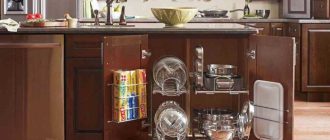


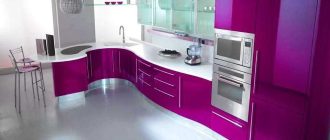
OMG, installing a siphon for my kitchen sink was a game-changer! I felt like a total DIY pro. That moment when everything fit perfectly was so satisfying. No more leaks! Seriously, if I can do it, anyone can. Let’s get those sinks flowing smoothly!